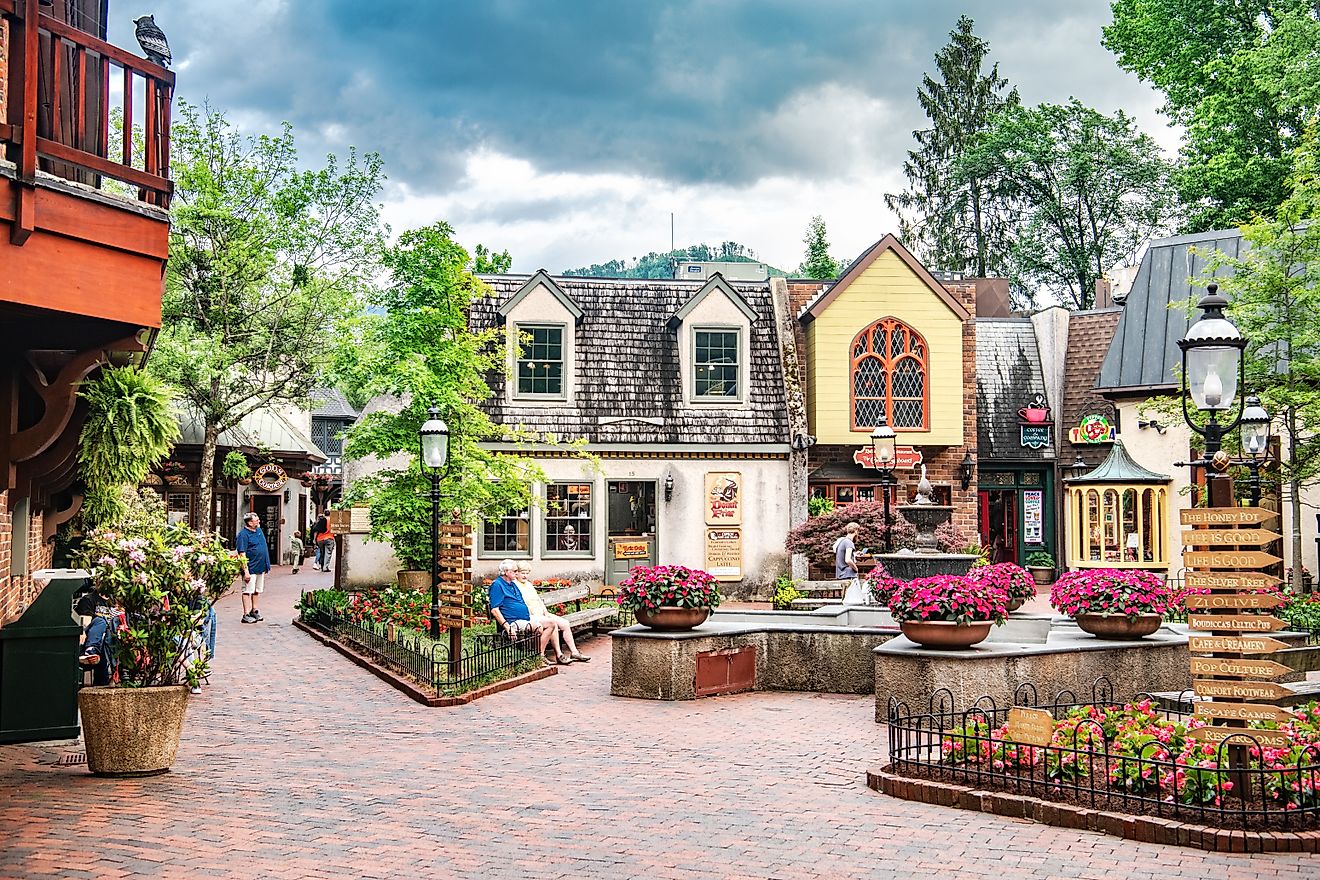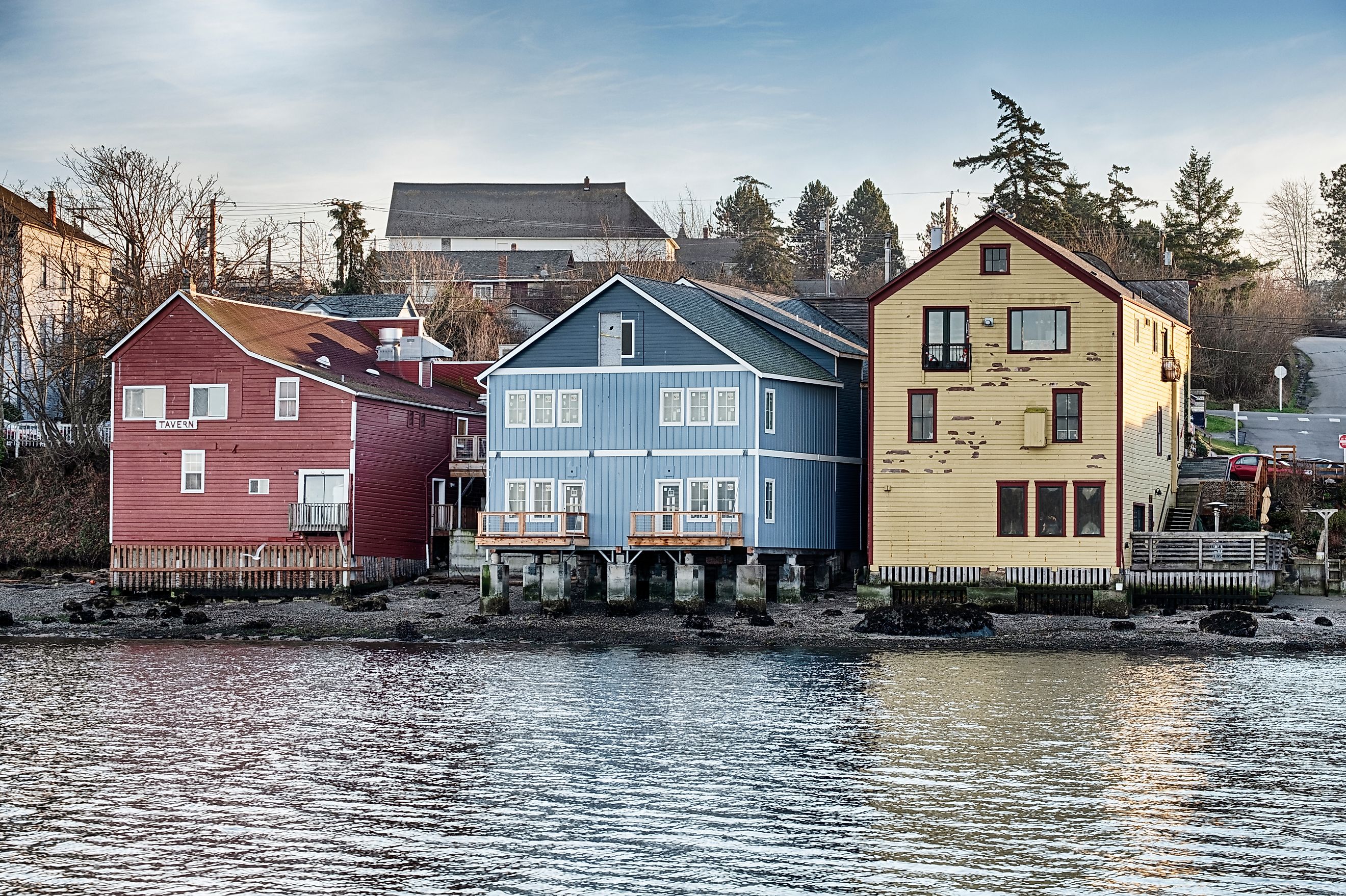
These Small Towns In Washington Have The Best Historic Districts
Unofficially called "The Evergreen State'' in reference to its many Evergreen forests, Washington is a big spot for tourists, with almost 34 million people visiting Seattle alone in 2022. Many historical districts in the state tend to be in big cities, like Olympia, Tacoma, or the previously mentioned Seattle. But what about outside of them? There are a good amount of small towns outside of these larger, more touristy spots with plenty of historical significance and districts to visit. It serves as a nice contrast, since those who want to experience Washington can do so without going to a more metropolitan area.
Ritzville
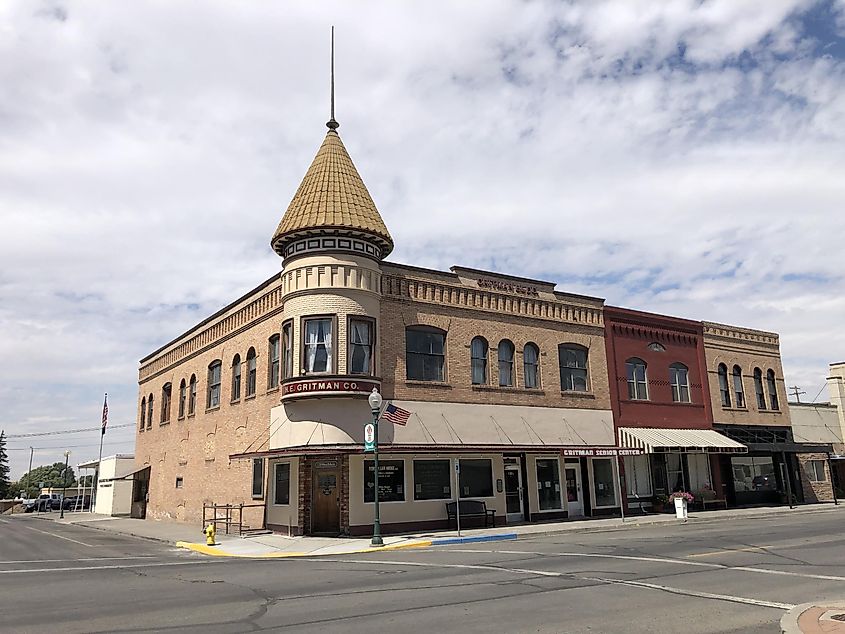
Ritzville a town in Adams County, was founded in 1880. The rise of railroads meant that new settlers would come in around a year later, with the first store being erected during that time. The Ritzville Historic District in the town has many structures built between 1889 and 1935, taking up a good portion of the town's history. These include the Andrew Carnegie Ritzville Public Library, the Ritzville Hotel, and the Burroughs Home, which was the town's most prominent physician's home. Burroughs Home in particular now acts as a Museum. The district has a self-guided walking tour, with historic plaques on the buildings that go in tandem with the tour booklet, available on the Ritzville Area Chamber of Commerce's website.
Pomeroy
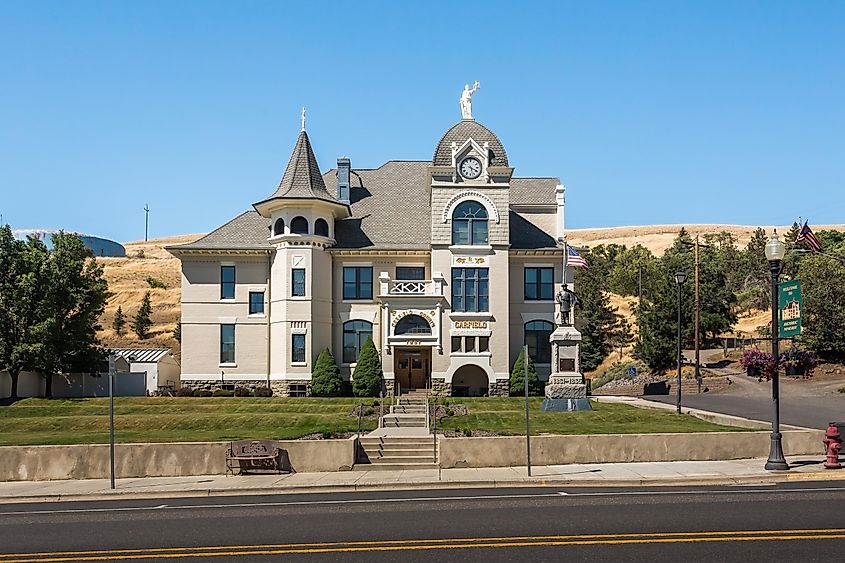
The town of Pomeroy was platted in 1878 by a rancher named Joseph M. Pomeroy. It was then incorporated in 1886, and has served as the seat of Garfield County, even though the competition was fierce. A fire in July of 1900 destroyed a good chunk of the town's business district, but was rebuilt relatively quickly. Today, Pomeroy celebrates its heritage with the Downtown Pomeroy Historic District, with 42 contributing buildings representing the town and where it came from, like the Garfield County Courthouse built in 1901, just a year after the fire. Other places are mostly commercial and residential, with former commercial sites like the Parlet Building being used now as apartment space. Events are also held by the town, including the Garfield County Fair & Rodeo in September, the Tumbleweed Festival in June, and the Starlight Parade after Thanksgiving.
DuPont
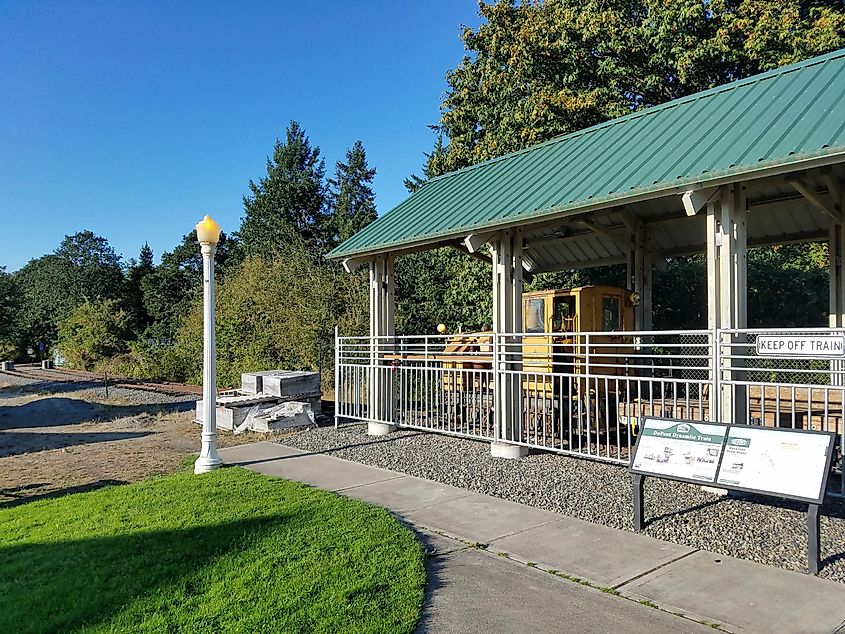
DuPont used to be the site of an explosives manufacturing facility in the 1900s, where a company town was built to house both the managers and the workers. This manufacturing plant would supply dynamite to the U.S. military and to construction projects. This sudden surge in housing would continue to grow until the town had over a hundred houses by the end of 1917. While the town has grown more significantly since then, with a population of almost ten thousand, the original site of the company town is now recognized as the DuPont Village Historic District. There's a Historical Museum in DuPont that's run by the DuPont Historical Society. In it are photographs and artifacts from the town's history and its role in helping develop the state of Washington as a whole. A train canopy lies in the museum, holding a narrow gauge locomotive and five train cars that used to run between the Powderworks plant and the Puget Sound.
Tenino
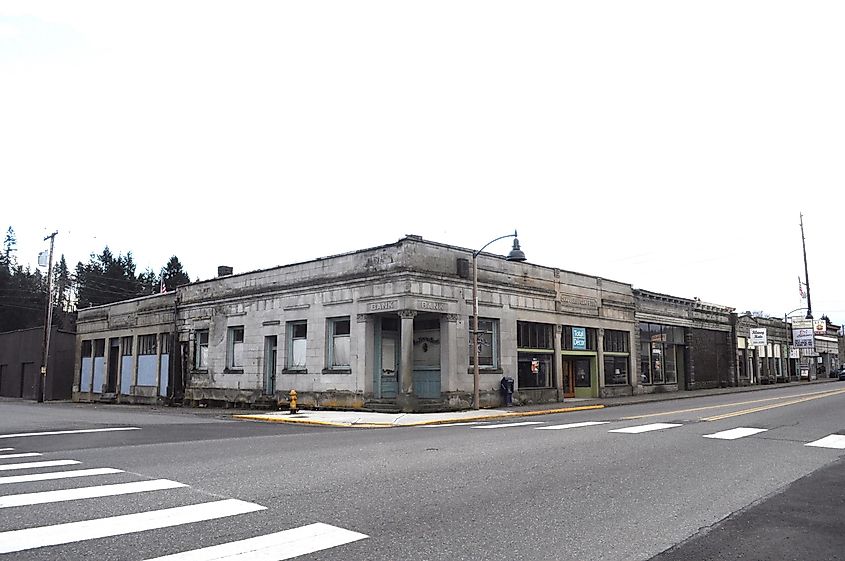
Shortly after forming in the late 19th century, Tenino grew around stone quarrying. It's how the town got its start, with its website and residents nicknaming it “The Stone City”. Sandstone was used in many of its buildings, while also being exported to cities like San Francisco and Seattle. While the demand for stone waned around the early 20th century, the town ended up using one of their quarries, the Tenino Stone Company Quarry, as a swimming pool, dubbed the Memorial Swimming Pool. There's also the Tenino Downtown Historic District, with many of its buildings being constructed before the 1930s. The State Bank of Tenino, Campbell Store, and the Liberty Theater are some of the places to visit, with many of them housing the town's history through their architecture. Many small businesses are present too, with restaurants, a brewery, a chocolatier, and a gift shop to see. Don Juan's Mexican Kitchen and the Sandstone Cafe are just two of the beloved local dining scenes.
Millwood
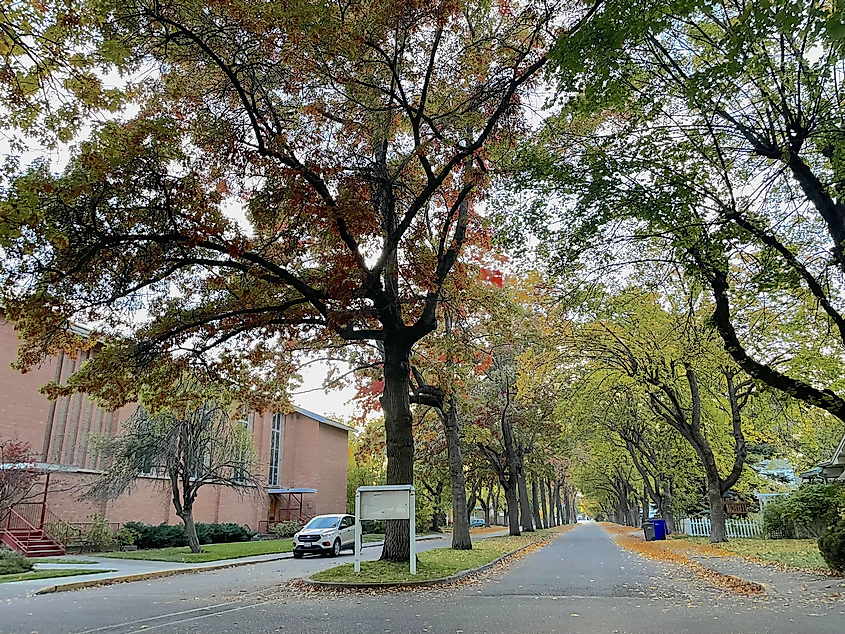
Millwood is a suburb of Spokane, which is the name of a city and a river that are both next to the town. It was named after both the local sawmill and the Woodard's family, who owned the land in which the Spokane-Coeur d-Alene Electric Railway ran through. Though the town was incorporated in 1927, a lot of it\s history is present from a few decades before then. The Millwood Historic District today sheds light on the original platted town site, which showcases both residential and commercial buildings from the 1920s and 1930s. Places such as the Rosebush House, designed by architect Harold C. Whitehouse, reflects French Eclectic architecture, with it being one of the more popular landmarks in the area. Other places like the Presbyterian church are brick structures. The district has many trees dotting its streets, which turn a beautiful shade of red during the fall.
Stehekin
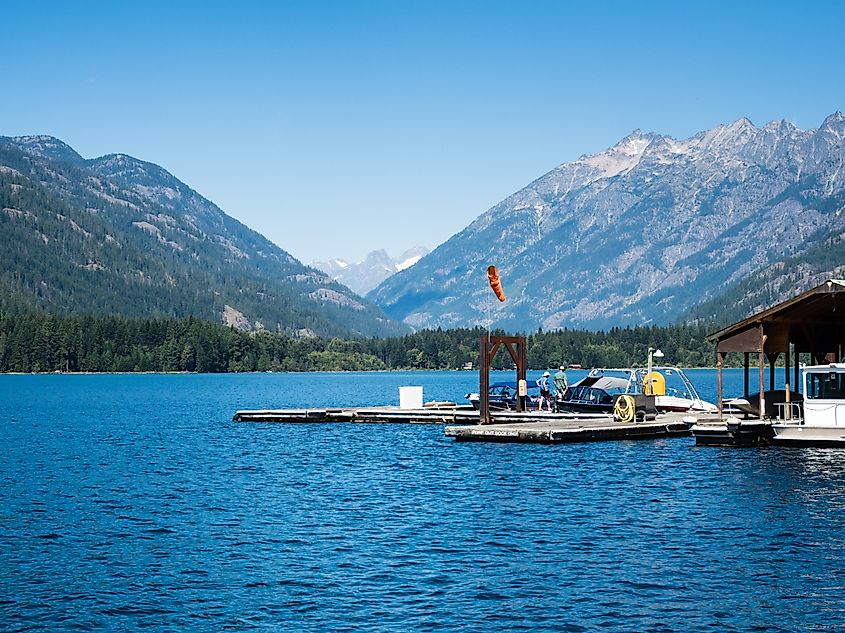
Stehekin isn't a city, or a town, but an unincorporated community of a little over a hundred residents located at the Northwest of Lake Chelan in Chelan County. Despite its small size, Stehekin has a significant amount of tourism; it's often seen year round by people biking and hiking. It's surrounded by Washington mountains and parks, like the North Cascades National Park which is just North of the community. It's a great stop for photographers as well, with Stehekin's website filled with photographs of their community and landscape during all seasons. Most activities involve exploring, with bike and boat rentals at the ready. The Buckner Homestead Historic District nearby encompasses early settlers in the Lake Chelan area. It's comprised of cabins, barns and farmstead over a fifty acre area, with constructions from the late 19th century to mid 20th century. Places like the Buckner Cabin are surrounded by nature, along with the Buckner Orchard right next to it. These locations can be visited easily by bike.
Coupeville

The town of Coupeville is one of the oldest in Washington, being laid out by Captain Thomas Coupe in the 1850s. The seaside town wasn't incorporated until 1910. Coupeville itself is a historic district which is a part of Ebey's Landing National Historical Reserve, which still is the only National Historic Reserve in the country. Ebey's Landing is meant to preserve a lot of the history and culture of the surrounding area, which was all settled during the 19th century. Coupeville has a historic burial ground called the Sunnyside Cemetery, which offers walking tours during the summer. In it is also the Davis Blockhouse, which is a cabin that looks similar to a mini-fort, with minimal windows for increased protection. The town is also home to the Island County Museum, where visitors can learn about the history of Coupevill and Island County as a whole, along with the Coupeville Farmers Market, which is one of the oldest still running markets in Washington.
While Washington is known for its geography, through its mountain ranges, dense forests and ocean views, it still holds a lot of history. This history can be found not only in the big cities but in the small towns and even small communities as well. It just so happens that a lot of these places include incredible views along with it, which is part of the reason that Washington is an incredible state for both visiting places from a time that's since passed and looking at the present beauty. Away from big cities lie incredible landscapes and friendly people, all throughout the state.





